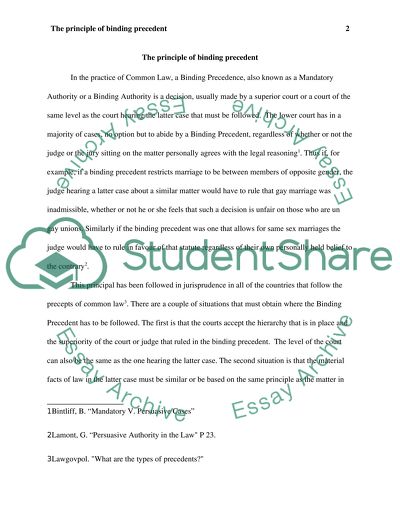Cite this document
(“'The principle of binding precedent is too inflexible and stifles the Essay”, n.d.)
Retrieved from https://studentshare.org/law/1484601-ychthe-principle-of-binding-precedent-is-too
Retrieved from https://studentshare.org/law/1484601-ychthe-principle-of-binding-precedent-is-too
('The Principle of Binding Precedent Is Too Inflexible and Stifles the Essay)
https://studentshare.org/law/1484601-ychthe-principle-of-binding-precedent-is-too.
https://studentshare.org/law/1484601-ychthe-principle-of-binding-precedent-is-too.
“'The Principle of Binding Precedent Is Too Inflexible and Stifles the Essay”, n.d. https://studentshare.org/law/1484601-ychthe-principle-of-binding-precedent-is-too.


